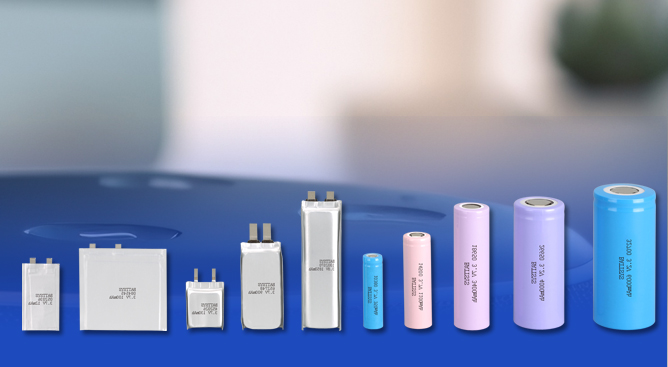How long will 18650 battery last.
When choosing a battery, we consider how long it can be used normally before it needs to be recharged, as well as how long the battery can be used normally on the product. The larger the capacity of the same battery size, the more competitive the product it carries, which is also the reason why high-energy density batteries have a market.

Factors affecting the usage time of 18650 batteries
Product working current
The current required to drive the normal operation of the product is called the working current
Product working hours
The duration of maintaining the normal operation of the product.
For example, if an existing product has a working current of 10mA and a battery capacity of 1000mAh, its working time is 1000mAh/10mA=100h, which is 100 hours. Similarly, how many hours an 18650 battery can last depends on the working current of the product it is equipped with and the capacity of the
18650 battery, in order to calculate how many hours it can work.
How to determine scrapping of 18650
18650 scrap generally refers to a situation where the value of the battery is no longer high or it is completely usable, such as the appearance becoming fatter, the usage time becoming shorter, or the temperature being particularly high during charging and discharging. These are all very obvious signals that the battery has reached the scrap standard. If you have tools to test, it will be more accurate. Use instruments to test the internal resistance of batteries, which is usually very high for batteries that are close to being scrapped.
1. Compared with the new battery, after using it for a period of time, the new battery does not feel a significant change in temperature. The old battery gradually heats up and remains within a certain warm temperature range, and the use time is shorter, indicating an increase in internal resistance, but it is not scrapped and can still be used.
2. Under the same conditions of use, the battery temperature rises rapidly, causing overheating and quickly running out of power. This indicates that the internal resistance of lithium batteries has increased to the point of being scrapped.
Of course, it cannot be generalized that the measured internal resistance of the battery at this time is the scrap internal resistance value, because the internal resistance of the battery can vary in value due to many factors. This phenomenon can only indicate that lithium batteries are close to being scrapped.
The internal resistance of lithium batteries can be divided into static internal resistance and working internal resistance, and the internal resistance also varies under different environments and temperatures. Generally speaking, like Ohmic resistance (IR), activation polarization and concentration polarization can be understood as the constituent factors of the internal resistance of lithium batteries, or as activation impedance and concentration impedance. For lithium batteries, the smaller the internal resistance, the better, preferably 0, but that is the ideal state. The internal resistance of lithium batteries will affect their standby time.
